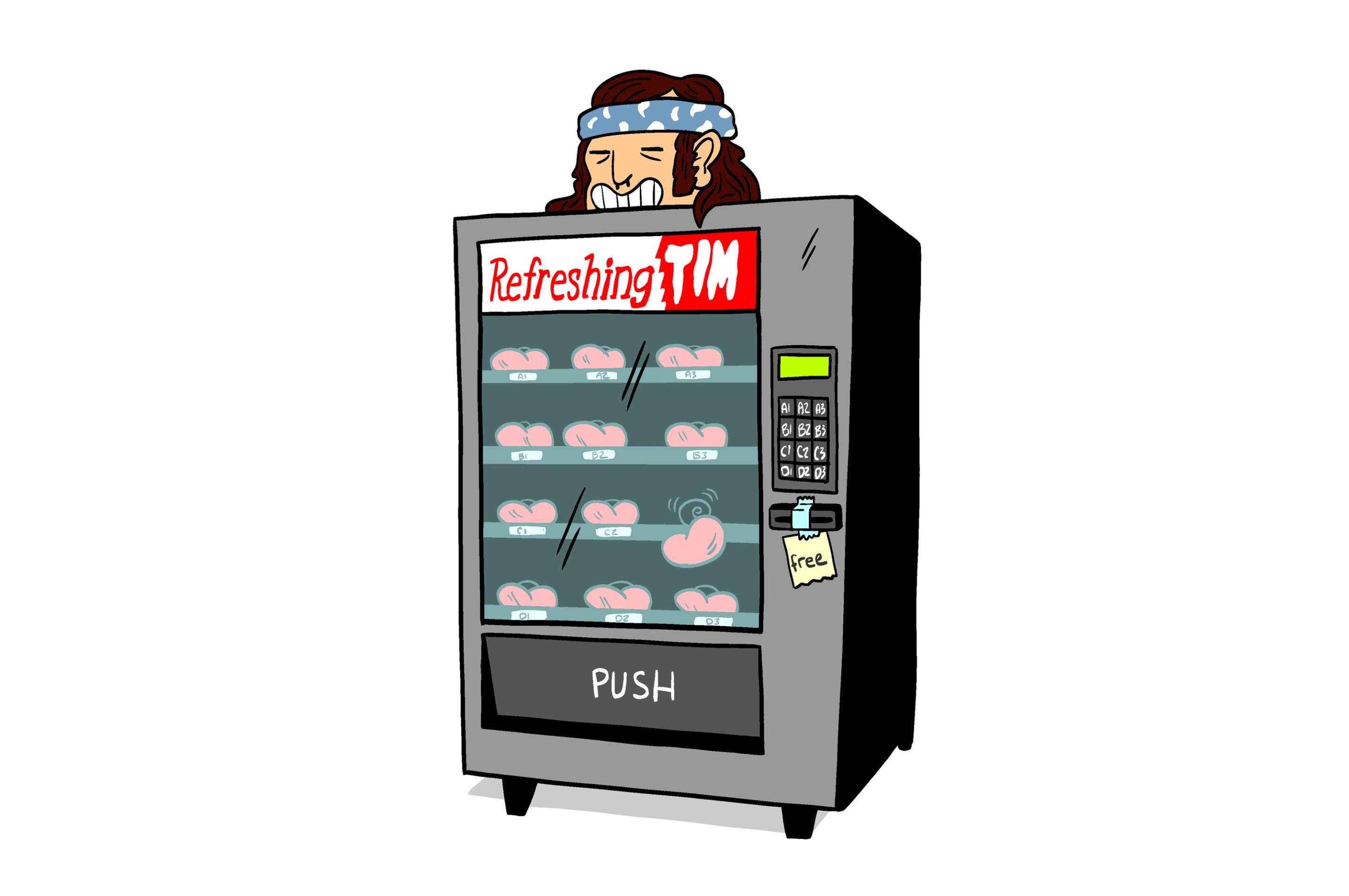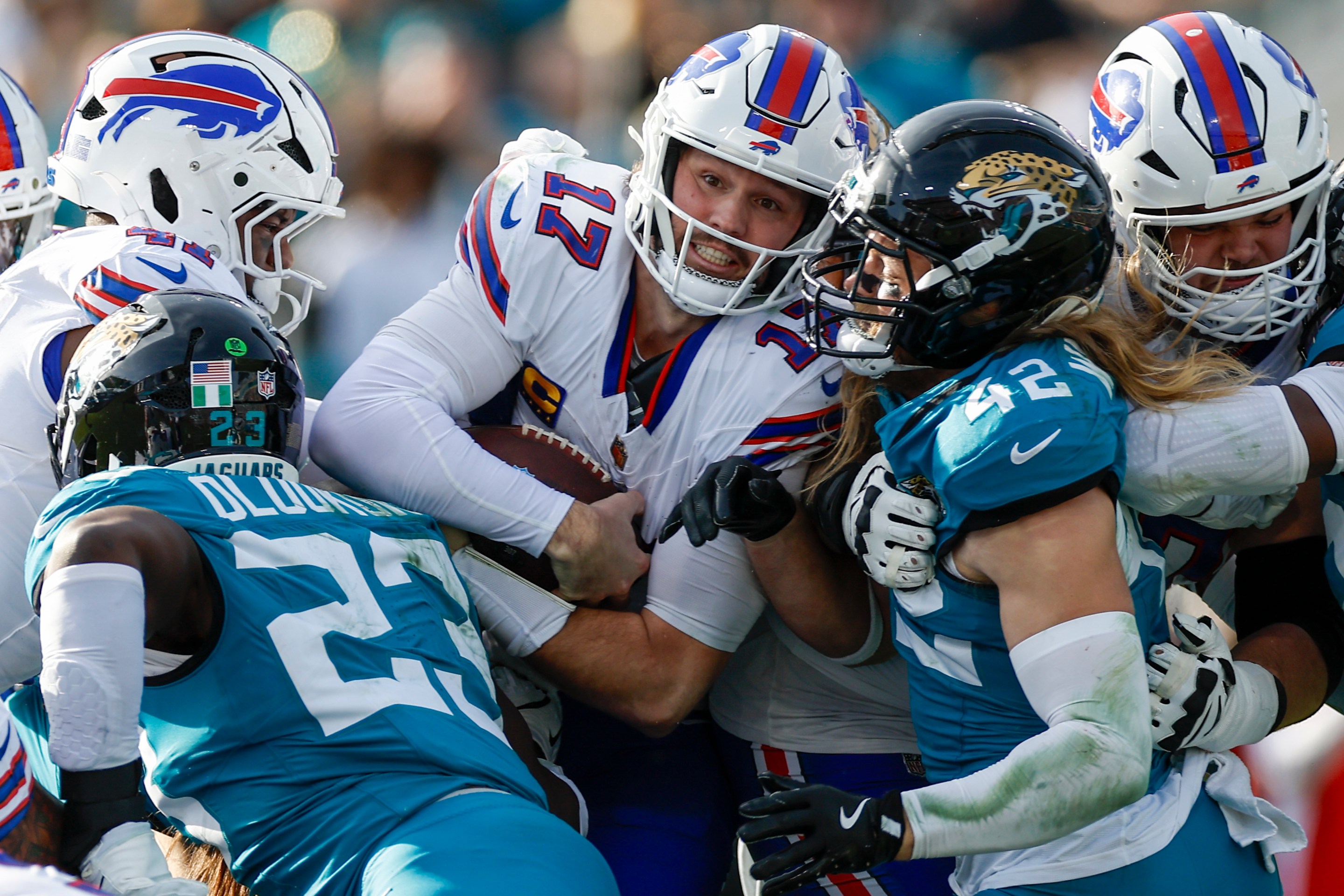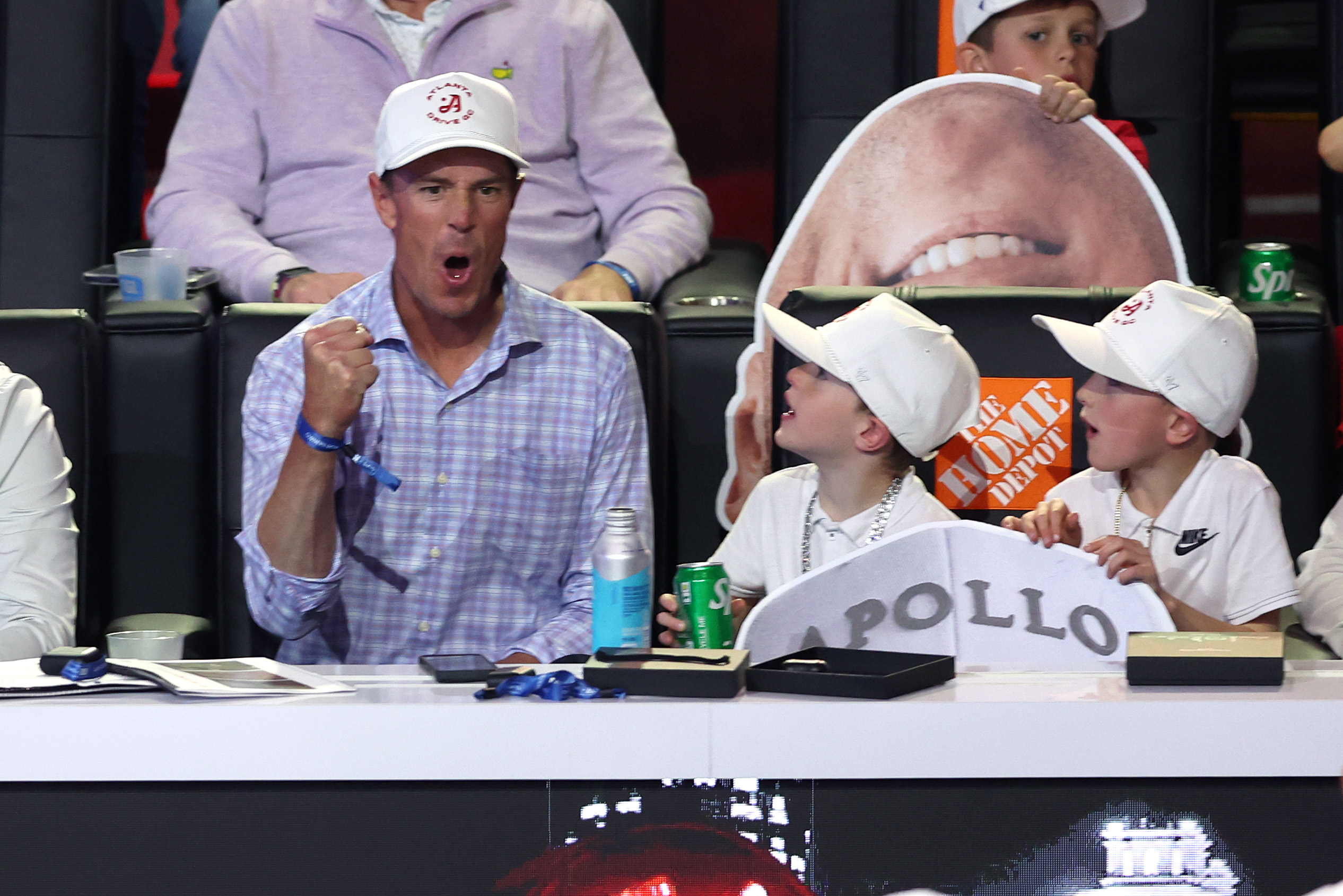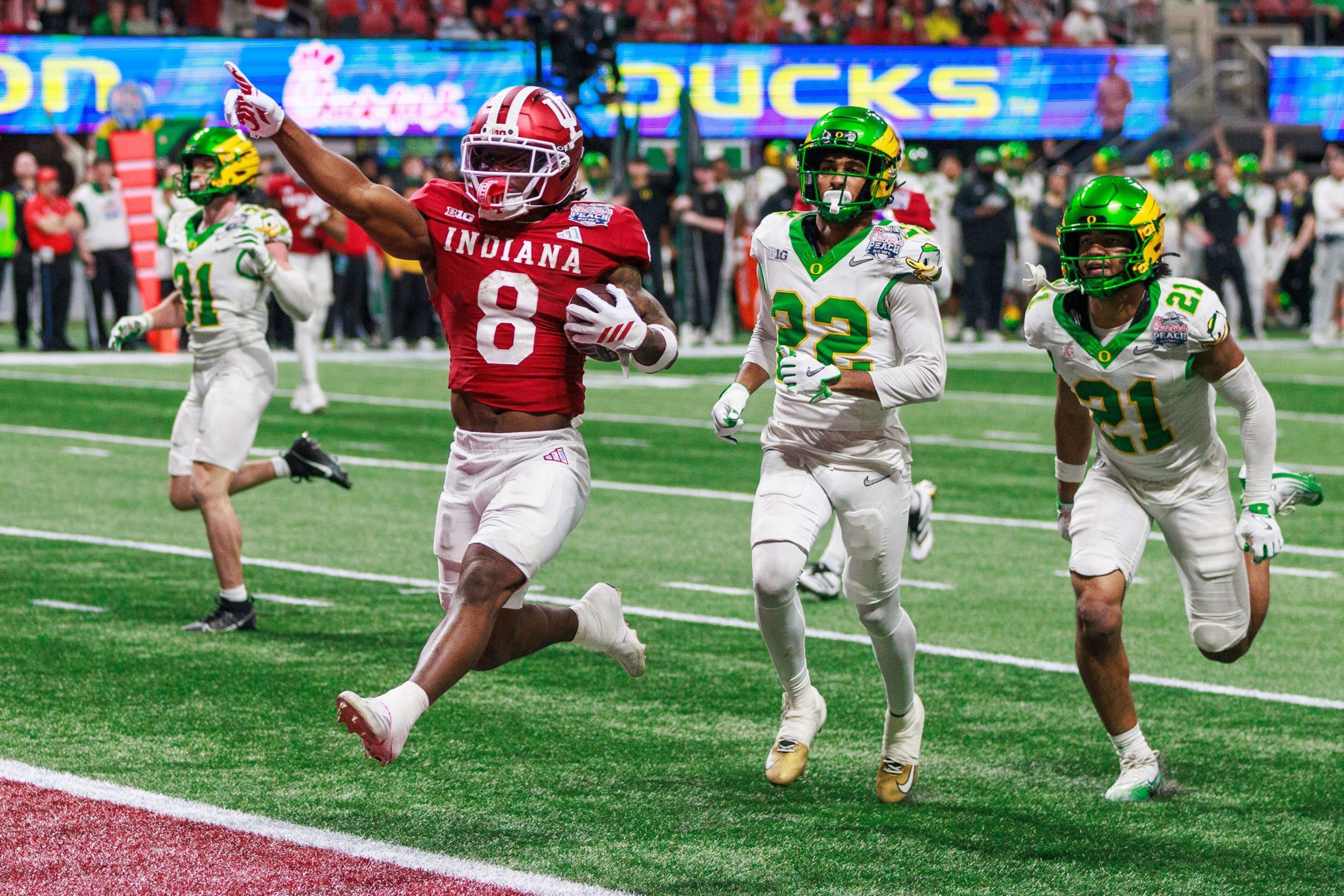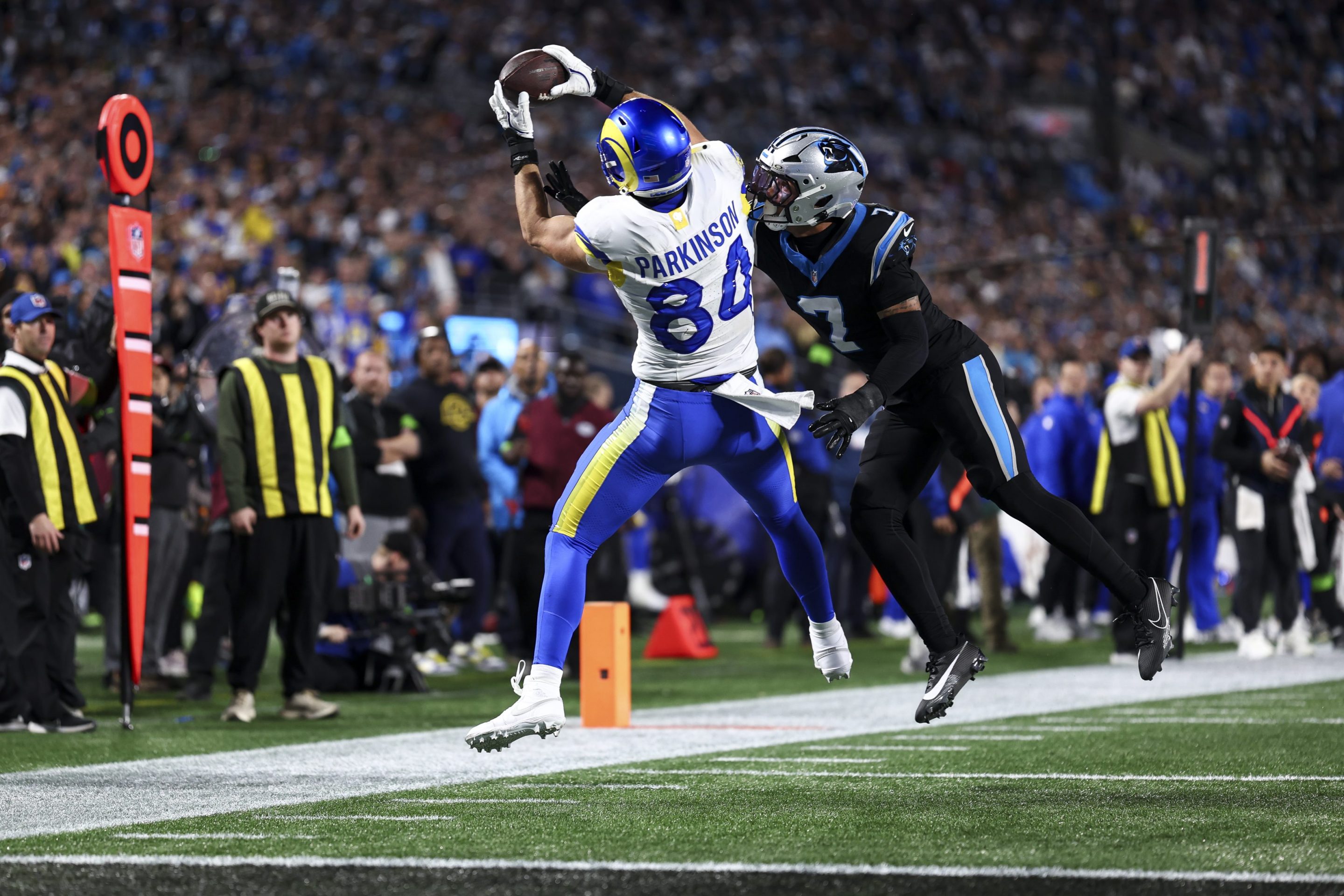Last month in a Manhattan hospital, I got my kidney yanked out. A few weeks later in Los Angeles, I went to a show, drank two tallboys of Modelo, wobbled through a crowd of aging goths, got a ride to a bar, and walked home uphill. Donating an organ is a major life decision, but it's a relatively inconspicuous one. Had I not told you I'd done it, you'd never clock a difference.
Kidney donation was a surprisingly chill process from toe to tip, didn’t cost me anything, and is unlikely to have any major impact on my future health. And the hours I spent blissfully unconscious on an operating table will be repaid a thousandfold: The additional lifespan of kidneys from living donors over those from deceased ones is measured in decades. Unfortunately, only 6,000 living people donate kidneys a year, while 100,000 people with kidney failure sit on the waitlist. Eighteen of them die each day.
If you’ve ever been inclined toward getting screened to donate, I think you should; to make it easier, I want to talk about what it’s like.
The morning of surgery, it took too long to get the IV in my left arm. I don’t think it was my fault—my three months as the worst EMT in Houston meant I was a well-worn test dummy for peers racking up test needle sticks. The needle-poker, an anxious young hospital trainee, had long abandoned chit-chat and was staring at my forearm like it had just served him divorce papers. I used my free hand to give Rudy Giuliani’s mugshot a weird little smile in FaceApp and AirDropped it to my friend Laura, who, about 45 minutes after this needle question was resolved, would have Turkey, my left kidney, sewn into her.
By 3 p.m., the doctors at Weill Cornell had removed Laura’s diseased kidneys—massive and crenelated with cysts; your kidneys weigh a half-pound apiece while each of hers weighed more than four—and hot-swapped in one of mine. Then they cleaned up and did it all over again with someone else: two transplants a day, Tuesdays and Thursdays; lives sliced into sections of before-this and after-this, as routine as taking out the recycling.
Laura has—had—polycystic kidney disease. PKD is a genetic disorder in which the kidneys become traitors to the cause of the body, growing hundreds of cysts that slowly choke the life out of their organs and, eventually, their host. It has its more and less severe expressions, but typically it’s very painful, often debilitating: kidneys can grow to be football-sized and when cysts rupture they can take someone out of the game for days or even weeks. Food doesn’t taste good, and it’s hard to move, hard to sleep, hard to breathe. Hard to live. The nephron, in its treachery, colors life from a palette of blood, pus, and discolored piss; fatal shades of red, yellow, and brown.
Laura got her diagnosis in her teens. ”I've had a kind of lifelong anxiety since the diagnosis. My grandfather also had it—he died when he was 36. … The doctor who diagnosed me told me I would be on dialysis by the time I was 30; that I'd never have kids; just this absolutely horrifying picture. That really sat with me. It was like having an ax hanging over my head.
“When I was diagnosed, I had about eight or 10 cysts on each kidney. It was a minor problem at that point,” Laura told me. “I was in my mid-20s when it became, you know, ‘innumerable cysts.’ They stopped counting; there were so many. But I didn't really have a lot of symptoms until I was about, I'd say, 38 or 39. I started getting high blood pressure; I had a very complicated pregnancy because of the PKD.”
For most people, kidney disease means kidney failure means dialysis. A dialysis machine cleans a patient’s blood for them when the kidneys no longer can. Over half a million Americans were on dialysis as of a 2020 survey. It’s not a long-term solution—the procedure itself takes 12 to 15 hours out of the week, plus travel and recovery times, not to mention frequent hospitalizations and other bouts of illness. Seventy-five percent of patients on dialysis aren’t able to keep a job. Dialysis is a holding cell; a limbo from which patients graduate to either transplantation or death.
Nobody wanted Laura to have to go on dialysis, least of all Laura. “Dialysis is exhausting. It's boring. You're really tied to this machine, you know, three or four days a week. And the long-term outcomes for [kidney recipients] who have previously been on dialysis are a lot worse,” she said. Many dialysis patients are not eligible for or not enrolled on the kidney waitlist at all—a few years ago only 13 percent of dialysis patients were on the list—and the average life expectancy for a person on dialysis is five to 10 years.
It’s possible to get dialysis care at home, but only 12.8 percent of American patients do. Critics of the dialysis industry, a duopoly of two for-profit companies, DaVita and Fresenius, point out that it’s much more profitable for a dialysis provider to charge for care in its own facilities than in a patient’s home. Some dialysis centers don’t refer eligible patients to transplant centers, squeezing them for years of expensive treatments. In the healthcare industry, dialysis is a rite of transubstantiation: Those hard lumps of useless cells are, in their failure, consecrated and transformed into billions of dollars.
So those were the stakes: If my friend didn’t get a kidney, her life would suck really badly for a while and then she would die. She has a partner, Jim, who makes me laugh and who knows a shit-ton about home renovation, and a 10-year-old girl, M., who likes Dungeons & Dragons and whom I absolutely adore. I got a vasectomy a few years ago, so I won’t have kids, and this seemed an opportunity: Endure a couple inconvenient weeks and, in exchange, M. gets to grow up with a mother—and, in case there’s a reckoning of these sorts of things after death, I notch credit for helping raise-by-proxy a future generation. Donating a kidney was, to me, psychically equivalent to being asked to move a friend’s car—kind of a hassle, but not something I’d ever consider not doing. There was no moment when I “chose” to donate a kidney any more than there are moments when I “choose” to take my dog to get his vaccinations.
Here’s how it went down: Laura sent an email to a bunch of her friends asking them to get screened to be a donor. “It was really hard,” she said, “because it's such a big thing to ask for. And, I don't know, I guess I'm just Midwestern or something, I don't love asking for help.” People who need kidneys but who wouldn’t survive the waiting period are on the hook for finding their own donors—maybe you’ve seen desperate Reddit or Facebook posts, or even bumper stickers.
To start the screening process, I filled out a short survey on Weill Cornell’s website. It had a bunch of standard medical-history questions of the type you might see when going to an urgent care clinic or seeing a new physician. Do you smoke, did a parent have cancer, and so on. Not long after finishing the survey, a social worker called me. We talked about more complex kinds of risk factors, like mental health, income stability, or drug use.
Forgive me for oversharing here: I’m not, like, an exceptionally healthy guy. I was a distance runner in high school, and I’m of average weight, but other than walking my dog I didn’t exercise frequently until the transplant process got serious. I’m a vegetarian and I do try to eat well—my “girl dinner” is a bowl of mixed greens with deli pasta salad and half an avocado in it, plus some hummus and something to dunk in it—but when I lived in New York I got takeout pretty often. I used to be a social smoker; maybe a pack a month, though I more or less quit this year. A Wisconsinite by birth, I’ve been a heavy drinker since my early 20s. I am also an occasional hallucinogen user and have been known to get blasted out of my gourd on two measly milligrams of weed gummy.
The biggest obstacles to donation I had were a couple of occasionally disabling mental health disorders, which have been, thank God, medicated and stable for about four years. After some moderate interrogation, the hospital had me talk to a psychiatrist and asked my shrink to sign off on the donation—having a fucked-up brain doesn’t make your kidneys sick, but it does put you at risk of getting the jitters while your post-surgery body spews cortisol like a gas pump. I’m giving you this health profile to demonstrate that I’m not a paragon of fitness; you don’t need to be a Goop reader to donate. You just need a healthy kidney, and mine were doing just fine.
After I passed the social worker’s smell test, I came in for lab work. (There was a two-year gap between these steps, which isn’t standard. After moving away from New York for work in 2021, I resumed the process in early June of this year after someone who was about to donate to Laura was unable to continue, which can happen for all kinds of reasons outside the aspiring donor’s control.)
Lab work was simple. I got a CT scan of my abdomen and an EKG, I pissed into a cup, and they took a lot of my blood. As a healthcare writer and chronic chit-chatter, my absolute favorite thing to do in the hospital is shoot the shit with employees, and I had plenty of opportunities to commiserate about nurse staffing ratios, hospital billing practices, and insurance reimbursement. I’m a hit at parties.
While others’ mileage will vary, this was the smoothest healthcare experience I’ve ever had. I was assigned to a team of social workers who coordinated all of my appointments, worked around my schedule (I happened to be in New York for unrelated reasons for only a few days), made sure every department expected me before my appointment, and gave me step-by-step instructions for where to go and what to do. They replied to all of my emails promptly and patiently answered my 10 million questions.
When I arrived home in Los Angeles it was to good news: My blood type matched Laura’s. The lab work came back mostly clean. I had a couple of things that looked like nodules on my lungs and they identified a small stone in one of my kidneys (in my mind, from an embarrassing volume of white Monster energy drink), so I had to go to a lab in Los Angeles for some further tests. I got to spend a whole day pissing into a jug, a chalice which I imagined I bore safely through a throng of foes and gave to a nice lady at a Quest Diagnostics. My social worker noticed that Weill Cornell had misplaced my antigen match test, a report that defines how good of a match you are with your intended recipient, so I had to relinquish even more of my precious blood. After an anxious couple of weeks, we learned that everything was gravy. We were compatible.
Even if my antigens hadn’t matched Laura’s, it wouldn’t have been the end of the road. The Organ Procurement and Transportation Network (OPTN), the government entity which controls the transplant list (and which is operated by UNOS, a sometimes distressingly incompetent organization that held a total monopoly over the management of the waiting list until the Senate recently passed legislation to open up the bidding process, thanks to, of all people, Chuck Grassley) runs something called the Kidney Paired Donation Pilot Project. This project matches incompatible donor-recipient pairs with each other in such a way that the donor from one pair is compatible with the recipient of a second pair, which can set off some cool and lengthy organ chains.
We set an appointment date for surgery: Sept. 5, just one and a half months away.
Now for the rough part: Most living donors face negative financial consequences from donating. The surgery itself is “free”—the recipient’s insurance pays for it—but everything that doesn’t happen in the hospital is on the donor’s dime. Because we live in America, financial aid is (stupidly) means-tested on the income of the recipient; while organ pay-for-play is insanely illegal I guess hospitals still expect your recipient to take care of your travel expenses or something.
It’s been theorized that fewer people donate kidneys during economic downturns because they may face financial hardship, which privileges donation to people in higher income brackets who can afford to reimburse their donors, or from donors who can afford to take the hit. There’s also some research showing a strong correlation between household income and likelihood of being a living donor. This tendency is significantly more pronounced among black donors—the racial and socioeconomic factors influencing who does (or, more likely, who can) donate a kidney are complex, understudied, and almost certainly are related to the staggering racial disparity in who gets kidneys from living donors.
There are efforts to address this problem. The National Living Donor Assistance Center began offering financial aid in 2007, and the National Kidney Registry’s Donor Shield financial assistance program rolled out in 2019. (New York State recently passed a law to provide funds for living donors, but the deployment of that program has been pretty gnarly, I’m told.) With the assistance of both of these programs, I was able to donate without spending anything significant out of my own pocket.
After filling out an application with the vetting of my social worker, I qualified for $6,000 toward travel, lodging, and food from NLDAC and two weeks’ wage loss reimbursement from NKR. I sublet a friend’s Greenpoint apartment for three weeks and was able to purchase reasonable coast-to-coast flights for myself and my girlfriend—you need a caregiver with you after surgery.
And that was that! I flew into JFK, got a final checkup and a COVID test, and met the surgeon, who was friendly, respectful, and very much a surgeon: I could feel him appraise me with Terminator vision. To him I was a composite set of physical characteristics. I felt like a competitor in a beauty pageant for pigs. A few days later I was wearing a hospital gown watching that nervous trainee fuck up my IV. My last visit to the Weill Cornell kidney transplant center was just three months after my first.
Recovery has been, frankly, pretty easy, and that appears to be the case for most people. I was in a lot of pain immediately following the surgery, mostly from the carbon dioxide with which the surgeon inflated my chest cavity—they blow you up like a balloon to make it easier to mess around in your guts—and getting in and out of bed was hard as hell for a few days. The pain dissipates faster if you stay active, so I walked laps around the hospital wing and there-and-backs in my friend’s shotgun apartment. Within a week I was going for walks around the neighborhood. Other than that, it was standard surgery recovery stuff: I stayed in the hospital for one night, took some painkillers (Dilaudid was, unfortunately, amazing) and then mostly lay around watching Venture Bros. while I waited for my body to get its shit together. Outside of walking breaks I was effectively immobile, so my catastrophically wonderful, ever-tender, and gracious girlfriend saw to things like getting food, moving stuff around, and doing laundry.
Then, one morning, I woke up and everything was beautiful and nothing hurt; a switch had been flipped and I felt human again. By the time we boarded our return flight, two weeks after surgery, I was completely pain-free. This perfectly smooth recovery story is not shared universally, though I believe that the time I spent exercising and stretching during the lead-up to surgery—pre-habilitation, they call it—made my dismount from organ extraction much gentler.
Long-term recovery is tedious but not unpleasant. I get tired easily and sometimes my brain fogs up at work—both of which can go away after a couple of months, though one donor said it can last for up to a year. I’m down 12 pounds and my appetite has decreased, but both are recovering. More hair than usual clogs in my shower’s drain catcher, though I think my genes might be co-conspirators on that one. But I get stronger by the day. Just yesterday I was out of the house for eight hours, and the day before that I was able to do 45 minutes of hatha yoga (although I’ve had to do much more basic routines than I was before surgery). While I’m not allowed to do things like cardio or lift anything heavier than a bowling ball until mid-October, I can feel my body working to heal itself, and my life is more or less back to normal.
Being a single-kidney man doesn’t put my health at risk if I keep taking care of myself. My surviving kidney, Tofurky, will grow to compensate for the loss of his brother, and once he gets up to speed I will maintain 70 percent of my kidney function relative to when I was bi-kidneyed, which shouldn’t impair me—while metrics like my creatinine level might stay slightly elevated, most people without something like PKD don’t notice anything unless their kidney function gets really, really low. So long as I maintain a healthy lifestyle, watch my blood pressure, stay hydrated, and avoid having too much protein, there’s no reason to expect me to have any health consequences from this donation in the future. If Tofurky were to fail, I would be prioritized on the transplant waitlist.
That’s the story of my kidney donation. Easy peasy. There’s just one more thing…
A week after surgery, Laura realized that she was urinating at night a lot—not her usual routine. She asked her team about it and texted me, “The doctor just told us that Turkey is still on Tim Time, which is why 70 percent of my peeing is happening in the middle of the night.”
See, I’m a night owl and I usually have a few beers between 8 p.m. and 2 a.m., so most of my urination happens in the wee hours. My old kidney had continued to operate on my schedule even though it was in someone else’s body. There is a portion of the “self” that exists independent of our brains, and mine—my little pissy poltergeist—was making my friend get up in the middle of the night. Turkey, you rascal.
Bio-memory! Isn’t that nuts? Turkey Time, the rebellious tendency of my kidney to piss inconveniently, demonstrates that the “self” is not a brain piloting a you-shaped robot. The soft animal of your body, it turns out, does not want to be Krang fighting the Ninja Turtles. Instead, we are something like those fungal superorganisms, like that mushroom colony that is three square miles. Autonomy does not live in the brain alone—it is an output of the perfect computation of dozens of interdependent organs and infinitely many molecular systems, such that there is no one “thing” which defines us. In this sense, transplants mirror social cohesion: When our bodies break down, we survive by a parallel model of interdependence, one built upon our relationships with other people.
Sometimes, if you want to live freely in your body, you just have to depend on other people, even if asking for help is scary. But what more durable pleasure is there than aiding someone in need? Our lives are woven together by unbreakable thread; we cannot be happy unless the people around us are happy as well. Donation is as beneficial to me as it is altruistic.
Please consider getting screened for kidney donation, whether for someone you know or someone on the waitlist. You can get started by contacting a local kidney transplant center or filling out a survey through the National Kidney Registry. We’ve only got so much time on Earth, and spending it helping other people makes the whole thing worthwhile.
Any questions you have, ask in the comment section below. I’ll answer to the best of my ability.
